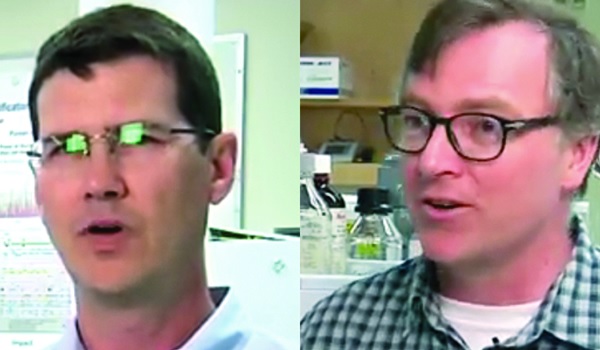The future is hair
Research is showing the value of analysing protein found in hairs could be more useful in proving identity than any other strand of forensics.
Research is showing the value of analysing protein found in hairs could be more useful in proving identity than any other strand of forensics.
It has been at the heart of the criminal justice system for more than 30 years, led to the exoneration of thousands of innocent suspects and been responsible for tens of thousands of convictions for everything from arsonists and burglars to rapists and serial killers. However, a new technique being developed by researchers at the Lawrence Livermore National Laboratory (LLNL) could one day see traditional DNA profiling rendered virtually obsolete.
In an important breakthrough for the forensic science community, researchers have developed the first-ever biological identification method that uses the information encoded in proteins of human hair.
One particular benefit is that protein molecules are much larger than DNA molecules and, as a result, do not degrade as readily in poor conditions.
This means the technique will offer a powerful tool to law enforcement authorities for historic crime scene investigations and for archaeologists, as the method has been able to detect protein in human hair that is more than 250 years old.
Once fully refined, it could see hair samples pushed to the top of the forensic science food chain, even ahead of blood and semen samples.
At present, DNA can be recovered from hair roots, but many strands do not contain roots. Less precise DNA testing can be performed on hair shafts, but in such cases individuals can be traced only to those people who share a heritage on their mothers side. Both types of DNA can degrade over decades compared to hair proteins that remain intact for centuries.
As the minuscule amount of mitochondrial DNA in hair is not usually enough for identification, scientists have to resort to analysing the hair more generally under a microscope. They can look at the colour and the specific physical characteristics of hair to judge whether a sample from a crime scene matches one from a suspect. But experts disagree on whether such analysis is truly objective, and last year the FBI admitted it had been overestimating examiners ability to match forensic hair samples for decades.
The current difficulty of getting reliable information from hair samples and extracting DNA means that, often, hair evidence does not even get considered in many criminal cases.
Last week the work of the LLNL scientists was published in PLOS ONE, a San Francisco-based peer reviewed online scientific journal. According to Brad Hart, director, LLNL Forensic Science Center, the starting point for research was the search for new ways of identifying individuals in cases where DNA was simply not available.
We wanted to know whether there was an alternative method to DNA that would allow for a very science-based, statistically valid methodology for human identification, he explained.
Hairs and fibres have been used in forensic comparisons but that falls back on some more subjective methodologies where youre making observations rather than technical scientific measurements. So what weve done is develop a method that utilises the protein thats contained within the hair shaft itself to give us detailed information about a specific individual and enable science-based comparisons between pieces of evidence.
DNA can degrade in the environment, sometimes below the level at which it can be amplified by polymerase chain reaction. Protein, however, is chemically more robust than DNA and can persist for longer periods.
Mr Hart said that in the event that DNA typing yields a partial or null result, few quantifiable genetic alternatives are available to the investigator.
Development of identifying technologies, beyond those that depend solely on DNA typing is a fundamental need for the forensic and bioarchaeology communities, he added.
If borne out, independent experts said, hair protein analysis could address concerns about the reliability of visual comparisons of hair strands, a technique whose subjecti


